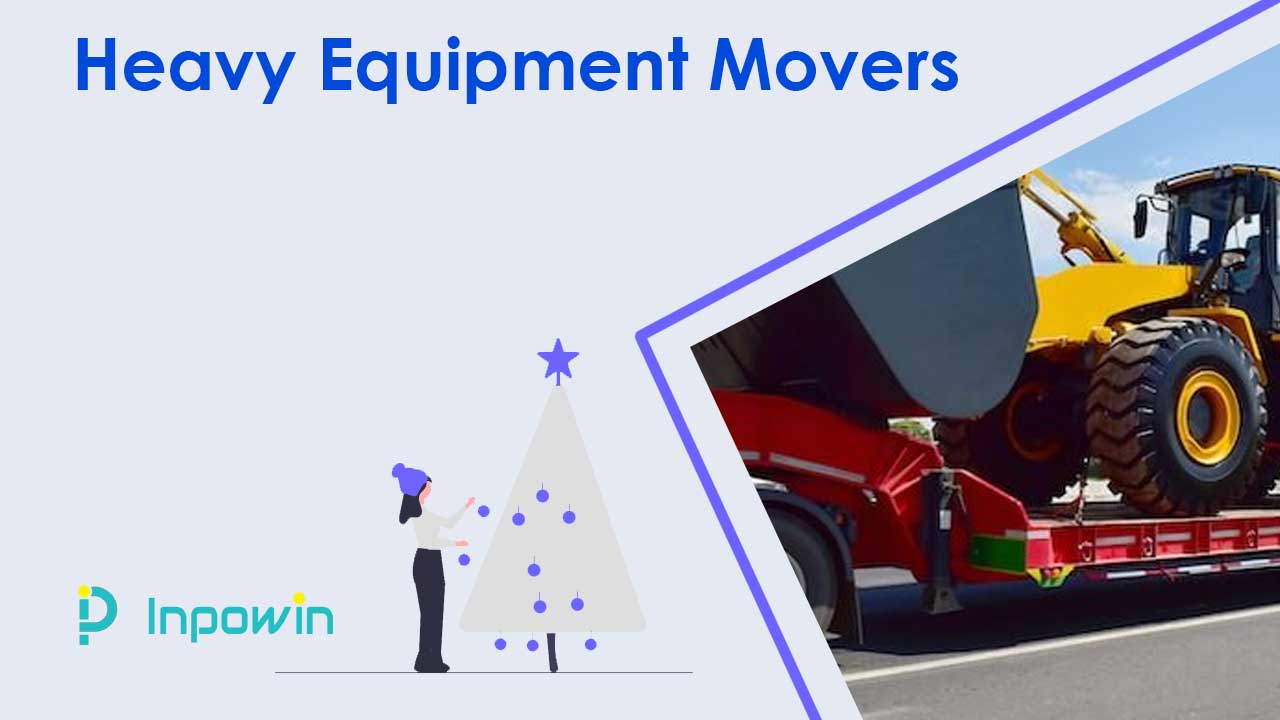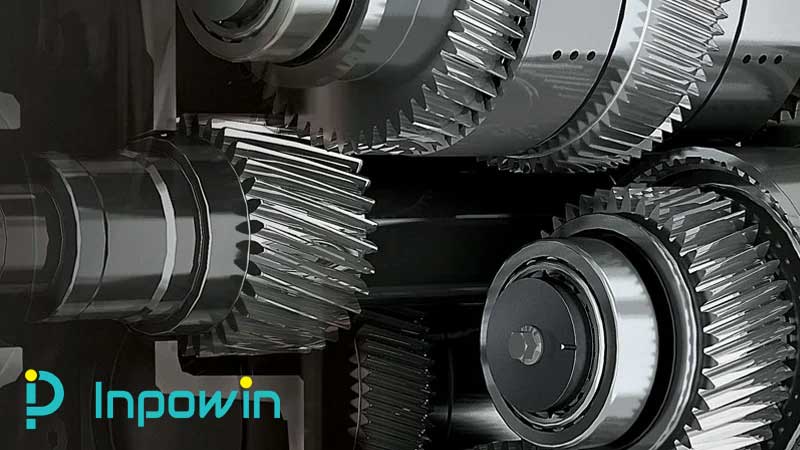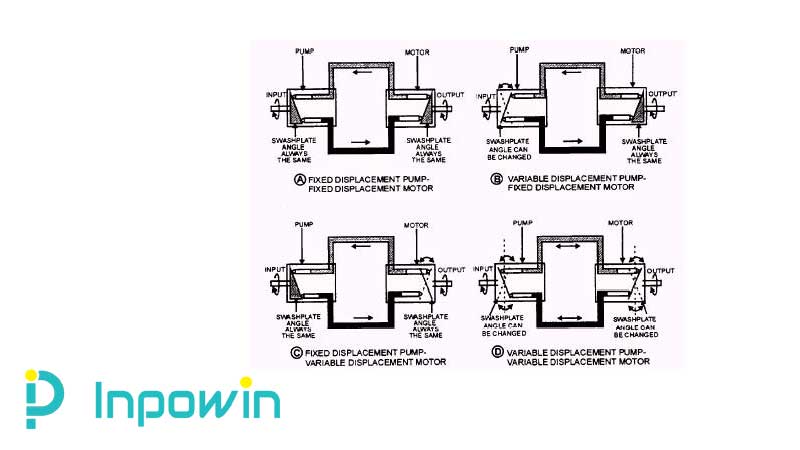Heavy equipment would be needed on any building project.
Moreover, if the building project was on a large scale, the needed weight would have to be considerable, both in kind and in quantity.
Heavy equipment was supplied by weight sales companies. These different types of heavy equipment have different functions and will usually be connected between one heavy instrument and the other.
Just an example of the highway construction process will include heavy equipment (excavators, bulldozers, tandem roller, asphalt finisher, and pneumatic roller) used to complete the project.

Each type of heavy instrument complements the function of the other.
More specifically listen to the following heavy equipment movers.
About Heavy Equipment Movers
Since the first instalment in 1904, tractor has experienced much components and completeness.
A type tractor system consists of two kinds, mechanical drive and hydrostatic drive train.
The following is an explanation of each of these heavy tool-driving systems:
1. Mechanical Drive Train

For the tractor track to work well, it would be necessary for the tractor track to do the best, including the power supply of speed mechanisms, torque and direction.
The components that work together make up an engine, torque a converter, transmission, differential and final drive.
-
Engine
The engine is a component of compatible power generation, engine load accepted.
Various types of engines were installed on tractor caterpillar tracks ranging from 71 -862 horse power with mechanical technology to electronic engine.
-
Torque Converter
Torque from the machine then forwarded to the torque converter.
Torque converter is a component that works for me double the moment so the respond of the engine can be altered be a high moment of work.
-
Transmission
From torque converter to transmission.
Transmission is a component that regulates speed, Moment and trajectory.
-
Bevel Gear
From the transmission, power forwarded to bevel gear for altering axis by 90o and continuing towards transmission.
-
Steering
The steering component on the tractor track consists of:
‘Differential steering’ (ds)
Differential steering is the steering system
Use the additional components of the pump and the motor
Hydraulics so one track can spin more
Hurry and the lava turn a little slower
It’s a smaller turnover radius. It enhances their better manoeuvrability.
-
Steering Clutch
The steering system clutch works using clutch to break power to one track where the rest of the track stays moving.
The steering control system of the old machine still USES the mechanical lever, while the new machine USES an electronic control called FTC.
When one of the FTC controls pulled in full then one brake clutch will be locked so the machine can brake.
-
Brake
Brakes are a component that helps slow down and stop the machine from moving.
-
Final drive
The final drive’s final component of the power successor
Heading to the assembly final drive track reduces speed and increases torque.
2. Hydrostatic Drive Train

The hydrostatic drive train is used on a small tractor type track d3 – d5g.
In the hydrostatic system, there’s a hydraulic pump that converts motion energy from engine to fluid energy, and the fluid is directed to the valve control.
The control valve handles the direction and the speed of the machine.
Fluid then proceeds toward the hydraulics of the motor to retransfer fluid energy into mechanical motion energy and be forwarded to the final drive.
A hydrostatic system can produce a finer, precision level of conditioning.
Many types of heavy equipment make the heavy equipment fall into several categories.
For one thing, we can split the weight based on the operation. Based on the process of operation, we can divide the weight tools into two types:
Weight Apparatus with Drive and Weight Stations with Drive
These heavy machines can move from place to place without overloading.
The shape of these drives is that of a crawler or wheel and a wheel or rubber wheel.
These are among the most accessible devices we’ve ever encountered. Some samples of this type of heavy equipment are mobile crane, excavators, bulldozers.
In addition to heavy construction equipment, heavy farming devices such as tractors also use propulsion operations.
1. [static] Heavy
This type of heavy equipment is said to be static because it cannot be easily transported.
It does not mean that it cannot be moved at all, only that the process of moving from one location to another would have to go through the demolition and realignment process.
Therefore, before assigning the location of this heavy device, a number of considerations and calculations were taken.
Especially if a project requires more than one unit of static heavy equipment.
Like building a building that requires a crane tower in the number of units.
Since the crane tower is among the static heavy equipment, attention must be taken before the positioning of the crane tower must be shown to be effective and to avoid interfering with each other’s function.
2. Weight Unit: Divide by Prime Mover
The distribution of the heavy machinery by the main driver, as one commonly called a crawler tractor and a tractor that rides a tire.
3. Crawler Tractor
Crawler tractor is needed when between the wheel and the ground surface is desired for great friction, with maximum force at work, as crawler tractor does not slip, but speeds are very low.
The maximum speed of crawler tractor is only about 4.5 km/ h. Most crawler tractor is used for sweeping the ground, the example of crawler tractor is found in the following picture
4. Crawler Leg Weights
A centipede foot or a crawler
Crawler tractor USES especially as:
Driving force to drive, for example: a bulldozer, loader.
Galleys, for example: scrapper, sheep’s foot roller
Transporter drive force, say: trucks.
The seats are the other heavy equipment, like the crane
5. the Tire Tractor
Wheel tractor USES rubber tires that are pumps and their use to gain a faster pace than crawler tractor, but the tractor wheel has a smaller attraction than crawler tractor.
Wheel tractor is two, that is, wheel tractor wheel two and wheel tractor four.
When compared to those that use the four-wheel tractor wheel two is more likely to slip, but instead the two-wheel tractor has a much greater attractive capability, since all the weight is displayed on only two wheels.
Moreover, the maintenance of the wheel tractor with two wheels is cheaper because the wheel is smaller.
But because the wheel is smaller, the wheel tractor has a smaller wheel-tractor endurance.
Wheel tractor four is more comfortable to drive; In extremely bad road work conditions it is more stable so that it is more likely to travel or higher pace. They can operate on their own.
Related: Heavy Equipment Operator Jobs Description and 3 Most Recent Guidelines
Weight unit: divide by function
For its function, the tractor can be distinguished:
- The tooling materials,
- Transport equipment,
- Foundation equipment,
- Stone crusher equipment.
Tools to peel
The earwork equipment can be divided into five categories:
- An earpiece,
- The land-digging device,
- Dirt transports,
- Land mines,
- Compactor.
Conclusion
Heavy equipment is needed in certain jobs, where to use this device has a different kind.
And certainly also on top was explained about the well-known heavy equipment movers so as not to go wrong in determining which type to use.
With such a heavy tool, it is easy for workers to do hard work and also take great risks.





